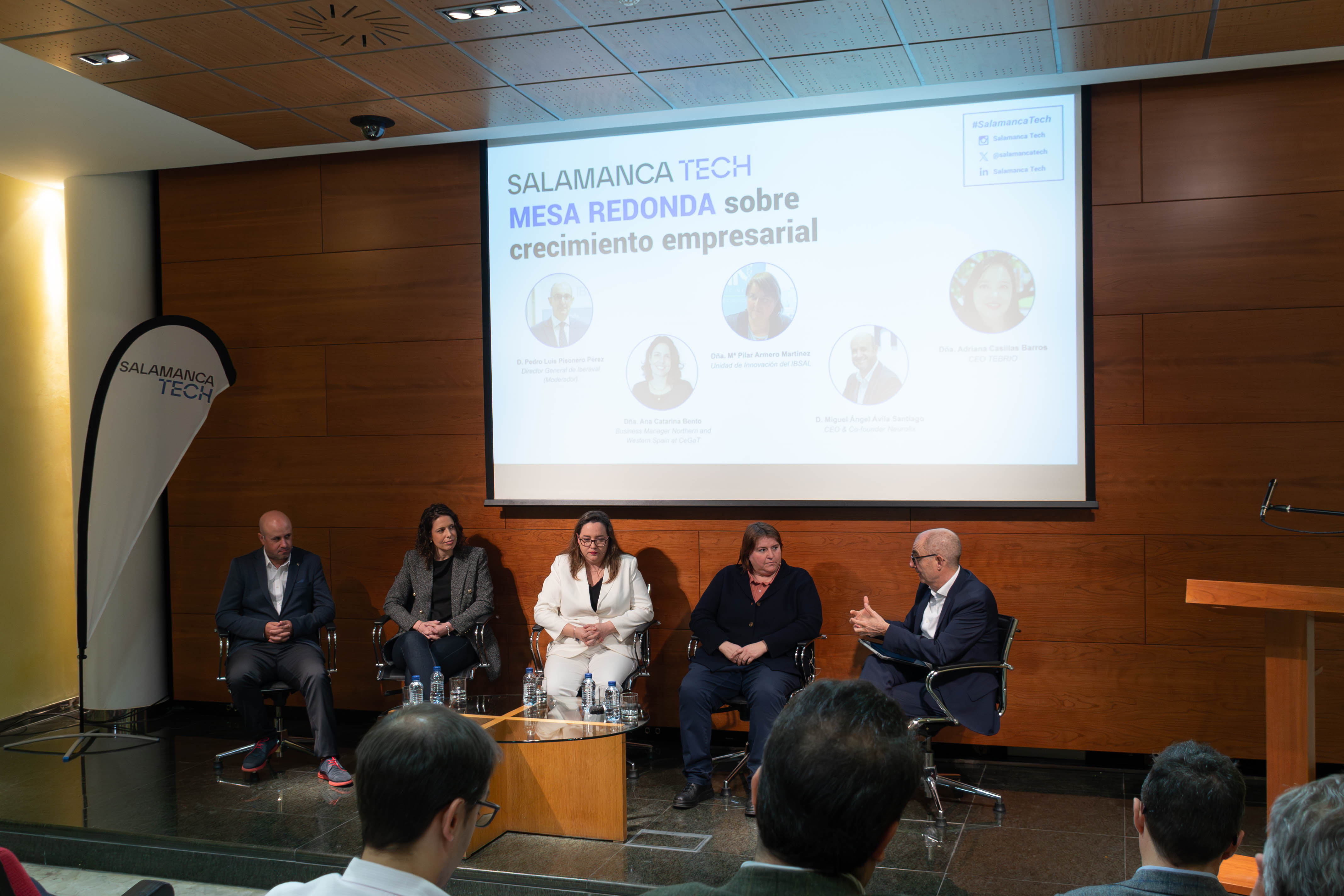Innovation and technology
A smart city is an "efficient infrastructure ecosystem", where citizens, assisted by a communications network and the appropriate infrastructure for this type of modern city, significantly improve their quality of life.
We could say that smart cities are a living entity immersed in a continuously improving cycle the information technologies they comprise. Innovation and technology are driving growth; however, we must bear in mind that there needs to be an agreement between users regarding environmental issues and energy consumption, which requires more than just fluid communication between citizens, companies, etc.
Sensor networks
What improvements can be found in a smart city? The implementation of sensor networks in cities helps to optimize various current aspects of concern in the environmental field.
Traffic regulation, CO2 emissions levels, lighting, irrigation optimization and control of waste are functions that sensor networks in a smart city perform in real time.

A "tangible" example of smart city would be the city of Tokyo, which has already launched projects to improve urban mobility, energy management and urbanization. The integration of NFC payments on its public transport is the perfect example to understand the integration of new technologies in the life of those who use the transport network. Other examples of smart cities include: Amsterdam, with its plan of intelligent lighting; Barcelona, with its Barcelona WiFi plan (461 free Internet access points throughout the city); and Santander, which not only has several open WiFi points throughout the city, but also a lighting control system and an intelligent platform waste collection.
For more information, we are available on our website http://bisite.usal.es/en and on our social networks Facebook, Twitter, LinkedIn and Google+.




